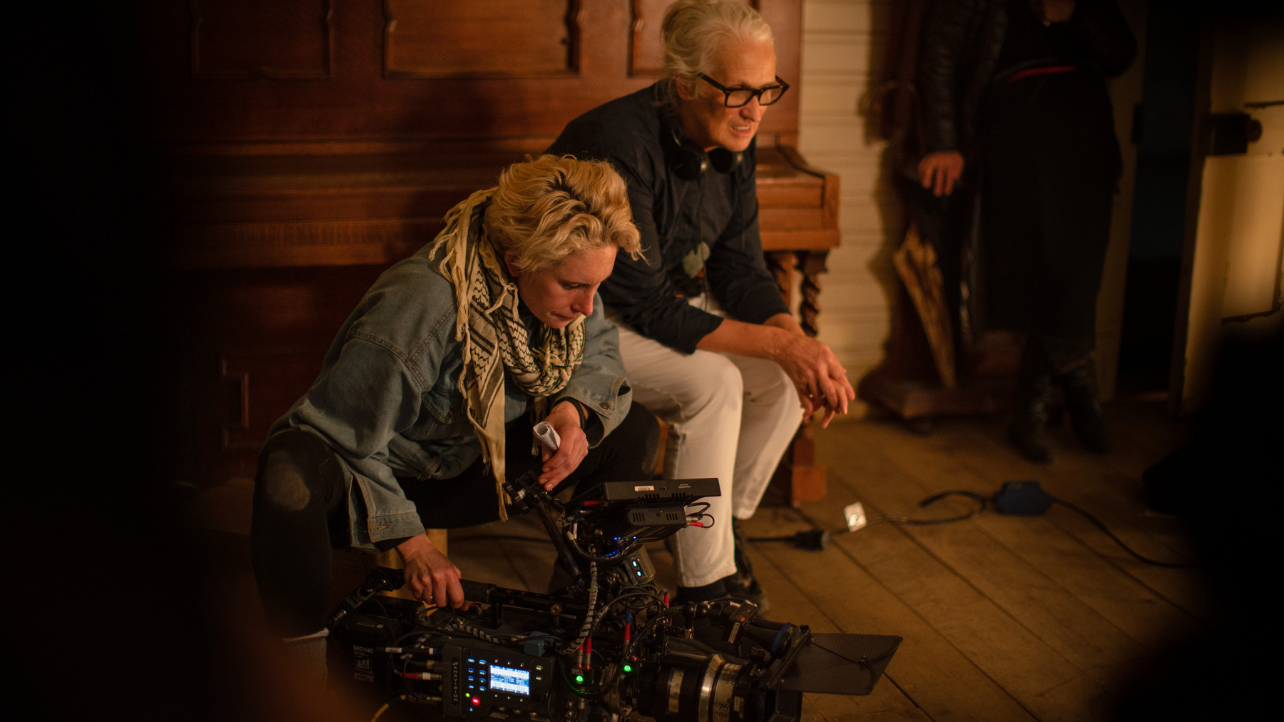Panavision caught up with Australian Cinematographer Ari Wegner, ACS after Panavision’s provision of her camera and lens package on the highly acclaimed The Power of the Dog film.
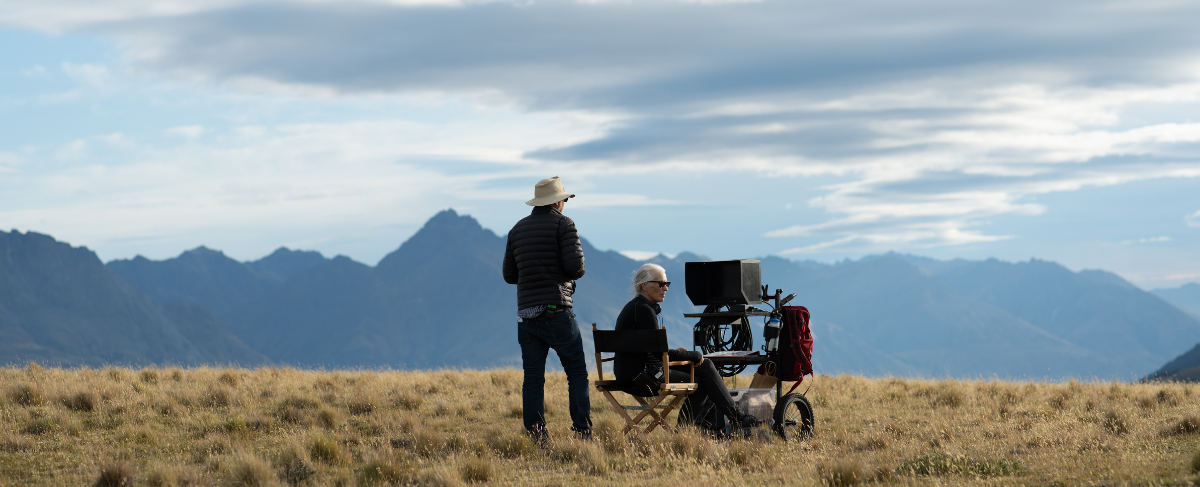
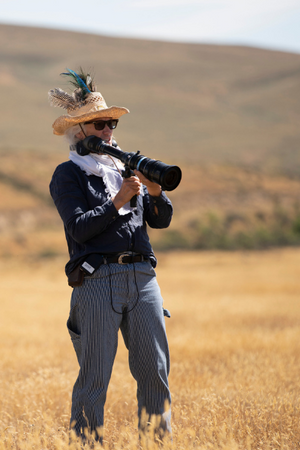
The package included Panavision Ultra Panatar large-format anamorphic primes, paired with Alexa LF and LF Mini cameras, equipment was organised through Panavision.
Wegner expresses her excitement about working with Director Jane Campion, as they were able to commence designing the visual elements of the film one year prior to shooting. The prolonged allocation of time allowed for a relaxed, methodical and natural development of the film’s visual language to be established by the incredibly talented pair.
The resulting stunning cinematic product has garnered The Power of the Dog with a string of awards and nominations. These include the first woman to be nominated for a BAFTA in cinematography, the second woman ever nominated for Best Cinematography at the Oscars®, and Feature Film category from the American Society of Cinematographers.
Described by Wegner as restrained, deliberate and unadorned, the team were ever-conscientious to avoid heightening the audience’s emotional response or using manipulation through cinematic framing. Allowing the characters to speak for themselves rather than spoon-feed the narrative.
“We were hoping to make a film with as few cuts as possible, so some of those shots really last. If you’re going to hold on a shot for a minute, it can be a very different shot than one that might only be 10 seconds.” Says Wegner
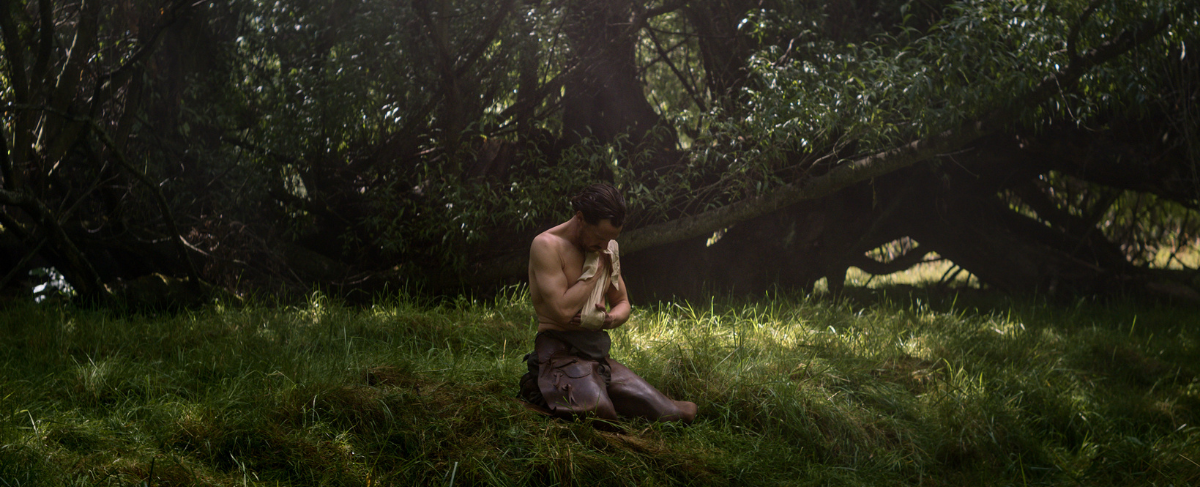
Wegner’s long-standing experience with Panavision drew her back to source her equipment with them for the film. She praised the accessibility, convenience and broad range of quality equipment as reasons why she is always fond of sourcing her camera and lens equipment from the Panavision team.
“It’s really important to have options. Working with Panavision, there’s the whole range from contemporary to vintage and technically correct to what I’d call ‘funky.’ We shot with Ultra Panatar 1.3x anamorphic, and obviously that’s not something you’re going to find anywhere else.”
Ari Wegner
Wegner stated that as the project evolved, it became evident that the film needed to be shot on widescreen, adding that the 2x anamorphic would be too strong of a look.
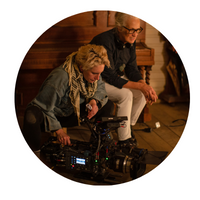
“When I mentioned the 1.3x anamorphic to Jane, that was really exciting for us, because it was a bit of the best of both worlds, spherical and anamorphic.
Plus, a vintage lens is always a lovely thing to have on a period movie.”
Wegner’s insight on when it was deemed appropriate to keep the camera static or have it roaming, was centred along the lines of ‘less is more’, only introducing movement of the camera with deliberate intent. That way, when the camera does shift, it leaves its impression.

“There’s a scene where Rose (Kirsten Dunst) is playing the piano and Phil (Benedict Cumberbatch) is mocking her with his banjo. When she stops playing, the camera stops moving, and then when she starts again, the camera starts again. We were trying to be in her mind without being too manipulative about it.”
Ari Wegner
“There’s another important scene towards the end of the film with Peter (Kodi Smit-McPhee) and Phil in the barn. We used a long lens on a Steadicam circling around them, so the background’s moving in a way that signals to the audience that this is literally something they haven’t seen before.”

